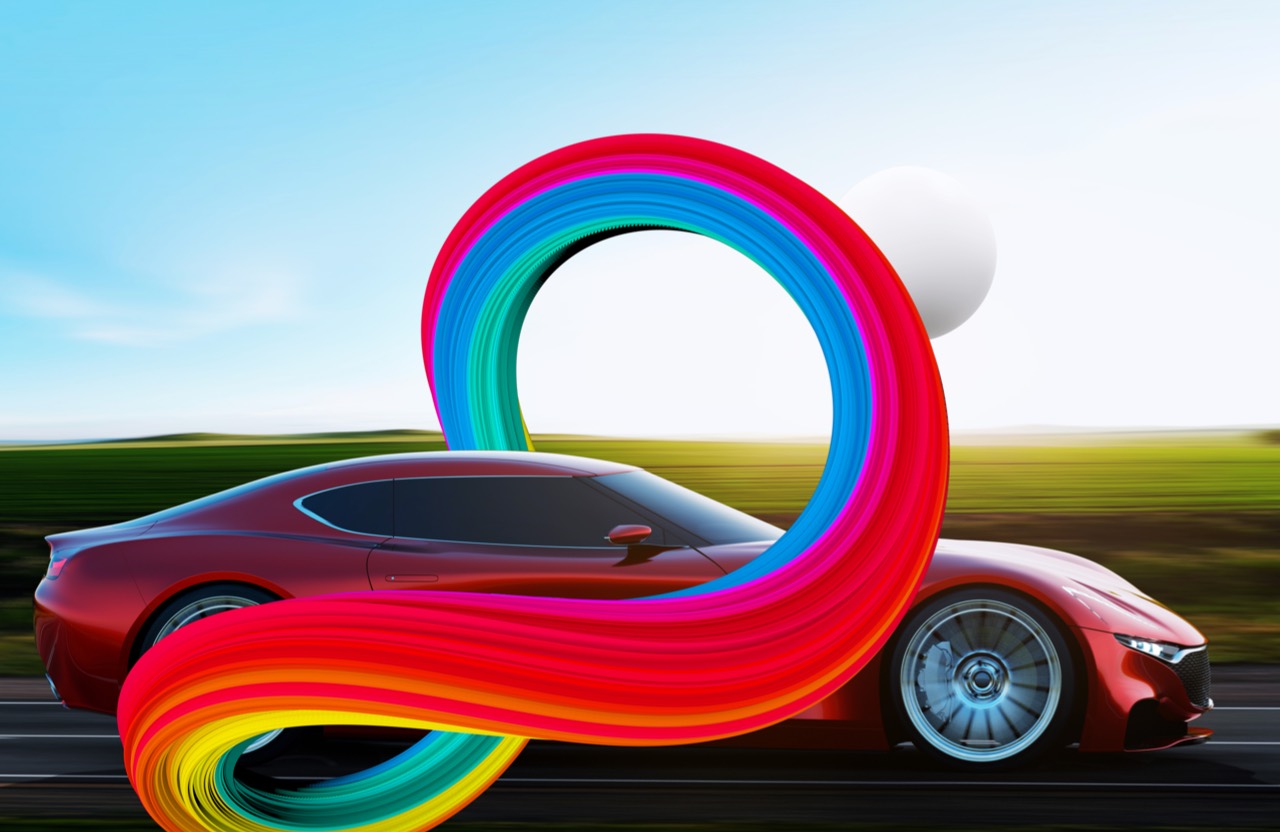What issue can we solve for you?
Type in your prompt above or try one of these suggestions
Suggested Prompt



A digital future for insurance
Collision Avoidance: Why Motor Insurers Will Need to Embrace Partnership-Driven Propositions
About this series
For insurers in almost all markets and lines of business, digital transformation is now a necessity. In this series, Publicis Sapient examines the implications of rapidly changing technological and market landscapes and asks—what should insurers do now?
Summary
Car technology, data and ownership models are evolving quickly, signaling an uncertain future for traditional motor insurance business models. In this period of heightened uncertainty, incumbent motor insurers face threats from automakers and other vehicle distributors who are pursuing closer, more dependable relationships with their end customers. Insurers should respond by seeking partnerships with manufacturers as well as leasing, finance and subscription providers to co-develop integrated insurance propositions with each side bringing their unique assets into play.



A changing landscape for vehicle ownership
This is a difficult time to be a motor insurer. Claims inflation is running at punishingly high levels, boosted by constraints in supply chains and fulfillment services such as repair and vehicle hire networks. The one-time claims frequency benefit of 2020-21 is a distant memory, while at many insurers necessary product and system initiatives are being postponed as they focus instead on meeting new regulatory requirements. However, addressing these short-term imperatives in isolation carries the risk of missing the bigger trends that are disrupting the auto industry.
Internal combustion engines will soon be replaced by electric and other power sources, but electric vehicles (EVs) still remain more expensive to purchase and the cost of ownership is an area of uncertainty for customers, particularly later in a vehicle’s life. Next-generation vehicles have the capacity to produce enormous quantities of data, much of which will be predictive of claims and fraud risks but is thus far untested by insurers at meaningful scale.
Traditional dealer-led car ownership models are increasingly giving way to leasing and subscription (otherwise known as long-term lease or rental), while automakers are exploring ways to take control of their distribution with direct-to-consumer propositions. All of these models present the vehicle provider with opportunities to foster more enduring and profitable customer relationships than they have enjoyed in the past. With a data-driven, 360-degree view of the customer the vehicle providers’ offering will go beyond the vehicle itself to encompass highly personalized, value-add services that maximize customer lifetime value.
In essence, cars are becoming not so much a mode of transport as a rolling, connected platform that can deliver customer-facing services and generate data to support a personalized relationship.
The problem for motor insurers
These industry changes place numerous other parties in the ring to own the customer relationship for motor cover. Tesla is offering its own insurance to customers in some U.S. states, while other forward-thinking automakers like BMW and Ford have begun to partner with insurers to investigate embedded insurance products. However, these collaborations remain in the early stages and are only scratching the surface in terms of leveraging the data available from connected vehicles.
Insurers themselves have a clear appetite for more vehicle-generated data but market fragmentation, a lack of standards, data-privacy concerns and difficulties in agreeing how to value vehicle data have so far prevented its large-scale utilization. This leaves automakers, not insurers, in pole position to capitalize on this data’s predictive value, whether it relates to the likelihood of accidents, fraud or maintenance events.
Next-generation vehicles also present an uncertain risk profile to insurers. Lower accident frequency is negated by higher severity for repair-based claims, and there is limited information on residual values and repair costs, as these vehicles have yet to hit the used market en masse. When truly autonomous driving does arrive, the balance of risk to be insured will shift from the driver to the software provider – and could well contribute to a scenario of fewer vehicles on the road and fewer miles driven as vehicles route themselves more efficiently and become easier to share.
This all leads to a high degree of uncertainty around the future market structure for motor insurance, and tomorrow’s winning business model is not yet known. These are conditions in which challenger propositions and market entrants are likely to emerge from many angles. If successful, they could leave today’s leaders caught in a declining market without the customer access or crucial data assets to compete.
A partnership-driven opportunity
Motor insurers will need to forge partnerships with automakers and fleet owners to position themselves as an indispensable part of the future insurance value chain. In the short term, this means exploring manufacturers or leasing/subscription portals as a new distribution channel alongside the existing suite of direct, intermediated and price comparison channels. If accompanied by a proof of concept for ingestion of vehicle data, these new partnerships will help rapidly build an understanding of the risk profile associated with next-generation vehicles and their drivers.
In the medium term, insurers will need to work more closely with these partners to co-create embedded customer propositions and ecosystems which meet evolving driver needs, with insurance as just one piece of the puzzle. Structured properly, these future propositions could represent a higher-engagement, higher-retention pool of business than today’s dominant distribution channels, particularly in markets that currently exhibit high price sensitivity.
The good news is that today’s leading insurers still have the insight, capabilities and data that are desirable to automakers and fleet owners looking to expand their customer offerings.
Insurers’ years of historic outcome data, customer relationships, fulfillment networks and tightly-honed underwriting models—not to mention their increasing data capabilities—will bring clear value to these partnerships. But automakers and fleet owners will bring closer customer engagement and, crucially, control of vehicle data. The winning customer propositions will combine the best from both sides.
Motor insurers need to position themselves at the center of the conversation with automakers and fleet owners to understand:
- Their ambitions for launching direct-to-consumer propositions
- Their willingness and capacity to share predictive vehicle data
- Their readiness for a proof of concept that embeds insurance in vehicle purchase/acquisition journeys
- How insurance cover plus the related services that insurers could bring to the table (e.g., breakdown cover, maintenance packages) fit into the wider suite of products that best meet driver needs
In preparation for the business models of the future, motor insurers will need to question and address capability gaps that leave them vulnerable to being overtaken. In particular, they should ask themselves:
- What are the unique assets and capabilities I can bring to a collaboration that will make me an indispensable partner?
- Are my distribution capabilities ready to insure on behalf of others?
- What vehicle data would benefit my underwriting and fraud detection capabilities? Is my data layer set up to ingest and evaluate huge volumes of data quickly? Could I build new, challenger underwriting models based on it?
- Am I flexible and easy to collaborate with on new propositions? How would I adapt my operating model and technology to support much closer partnerships with automakers? What would a proof of concept look like?
The inconvenient truth for today’s leading motor insurers is that change in the industry is often slow, until it is punctuated by a period of rapid development. No sooner will one automaker start offering a fully embedded suite of products through their vehicle as standard, than this will become customers’ base expectation across the market. Insurers who don’t engage now risk being left in the slow lane.
How Publicis Sapient can help
Publicis Sapient is well placed to support insurers who want to start these important conversations with automakers and other vehicle providers. We’ve worked with numerous manufacturers on their connected vehicle and data strategies and would be happy to facilitate these discussions.
Our team of strategy, data and customer experience experts can help motor insurers navigate a clear path through this period of change. We can support a rapid assessment of the opportunities available, supported by customer and market research, and turn an idea into a functioning proof of concept in a matter of months.
Related Articles
-
![]()
Industry
Technology & Experience Innovation in the U.S. Auto Industry
Our American automotive industry report focuses on consumer attitudes, buyer behavior, and the future of cars.
-
![]()
Case Study
Driving Revenue Through Customer-centric Thinking
How a U.S. insurer’s digital transformation is delivering better customer experiences, plus an extra $5B+ in revenue.
-
![]()
Industry
Insurers: The Time to Transform is Now
Embrace new tech, create new, customer-centric insurance solutions, and grow your business.








